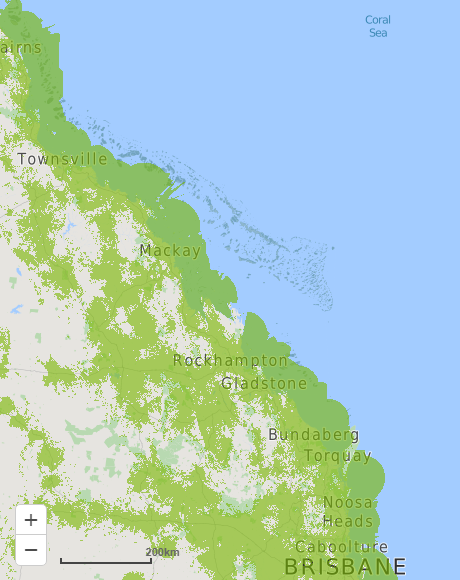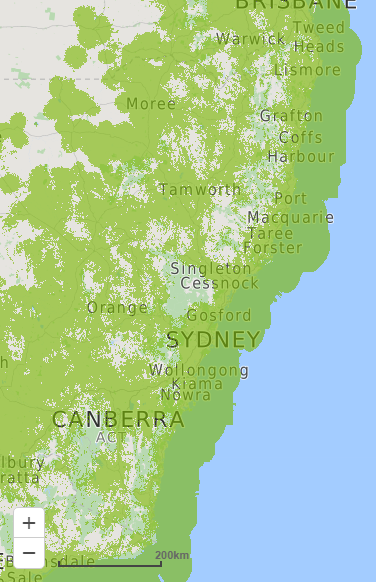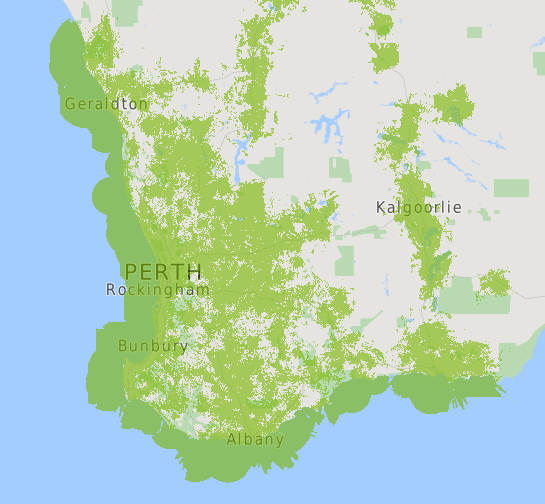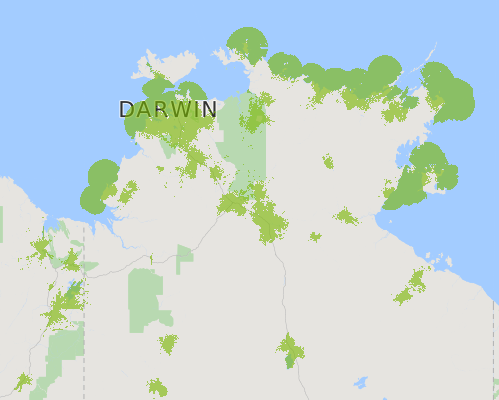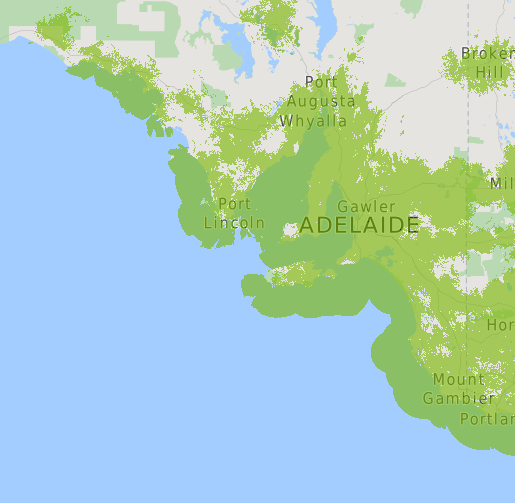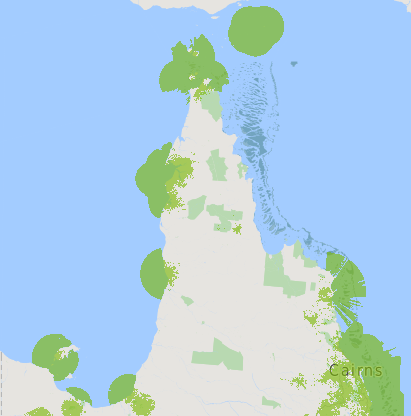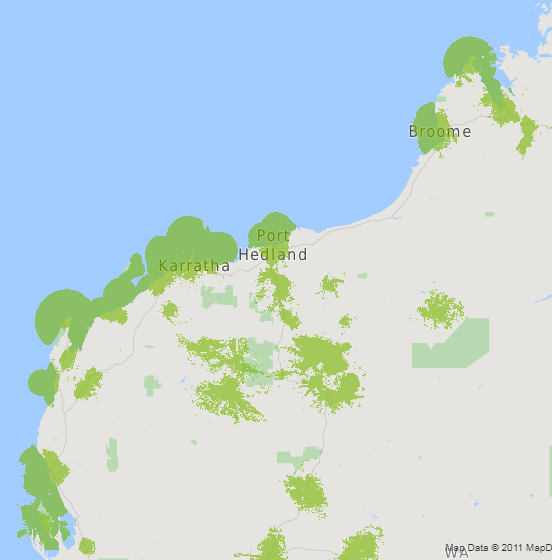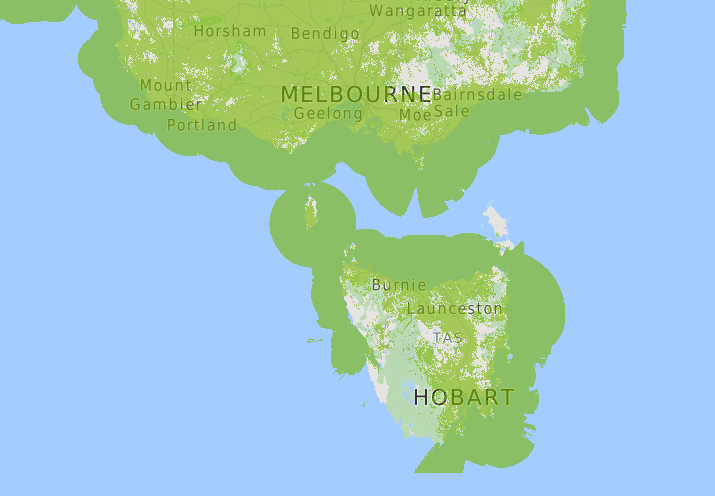Coverage of the kit includes many factors, most of all the height of your main antenna above the water. The antenna must be able to see the cellular tower it is connecting to. As such, as you move over the horizon, the height of the antenna above the water becomes critical to this visibility of the shore based tower. We cannot overcome this factor. Telstra explains their “out to sea” coverage very well in the below statement:
“Telstra’s network can typically extend 20 to 70 km out to sea from mobile base stations located near the coast. However, there are many factors such as the weather, tides, sea conditions and your antenna installation (type and height above sea level) that can significantly influence coverage, data speed and performance. As a result, you must not rely on the Telstra Mobile Network as a primary method of communication at sea.
To assist with your mobile services at sea, you should use a directly connected external antenna – one that is omni-directional or a specialist marine antenna. The antenna should be mounted as high as possible on the vessel using marine-grade cabling and connections.
In order for a service at sea to work effectively, line of sight to the terrestrial base station is required. This is influenced by the height of the serving base station, land based obstructions and the general topography of the land, which can block signals. Coverage will not be reliable over the horizon from a mobile base station even though it may be usable at times.”
Some snap shots of 4GX coverage from around Australia:
